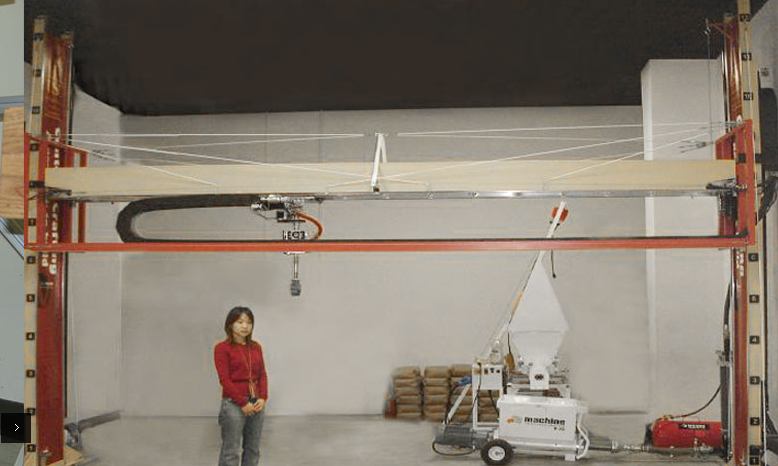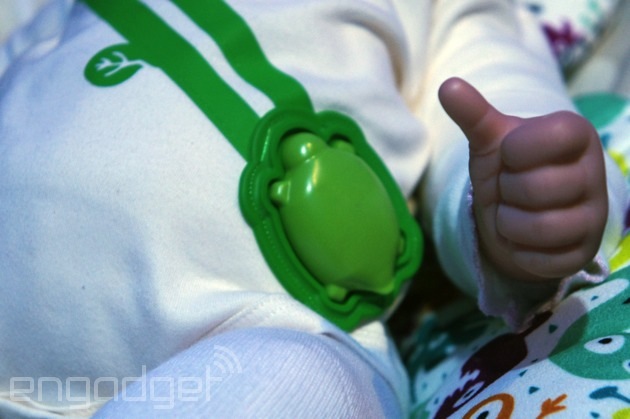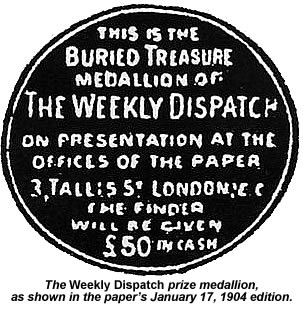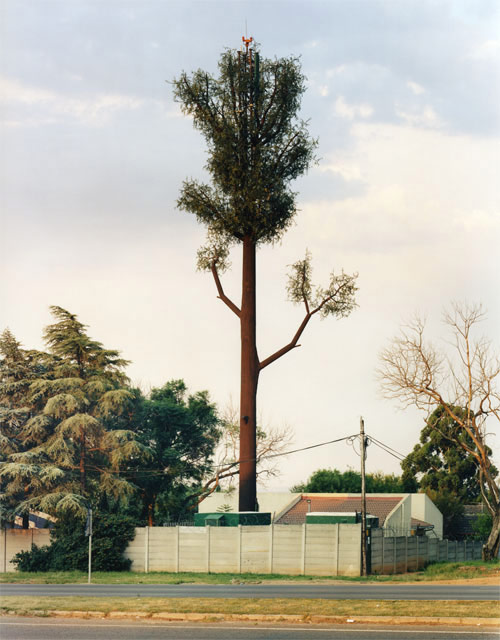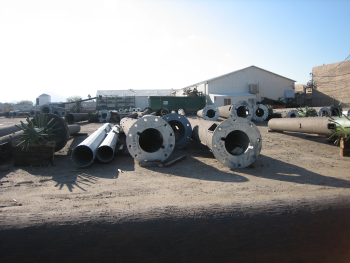One of the promises of 3-D printing discussed by Lipson and Kurman (2013, p.15) is that it will bring qualities associated with digital information to the physical world. They argue that by precisely controlling the material composition of physical objects, materials can be potentially be readily copied, controlled and programmed. This is, in part, made possible because unlike traditional methods for making physical objects that rely on either using moulds or cutting away at raw materials, 3-D printing is described as additive or layered manufacturing process in which layers of material are precisely poured to create structures following instructions from a design file (Lipson and Kurman, 2013, p.13). An example of a project that uses this a variant of this technology is Contour Crafting (CC) — a concept for an automated construction system developed by the USC Center for Rapid Automated Fabrication Technologies (CRAFT). The project is described as having the potential to relatively quickly fabricate or 3-D print buildings, with vast improvements in safety and a reduction in waste compared with traditional methods. In this respect the topic of 3-D printing seems to share some of the features of much of the discussion around Smart or Digital Cities, with a strong conviction from advocates that automation and efficiency is the best way to meet the challenges faced by the construction industry, which is described as facing several problems including; “low productivity, poor quality, low safety, and skilled labour shortage” (Khoshnevis et al, 2006, p,305). It is definitely hard to argue with the logic of the CC project when one reads the case studies that outline the possibilities for emergency housing and low income housing, but an issue that is also shared with the Smart/Digital City has to be a concern for what this means for the labour force. In this example it does seem to be the case that the safety of the system is largely achieved by eliminating the need for many humans to be involved in the process.
Khoshnevis, B., Hwang, D., Yao, K. and Yeh, Z., 2006. Mega-scale Fabrication by Contour Crafting. International Journal Industrial and Systems Engineering, [online] Available at: <http://www.livearchitecture.net/wp-content/uploads/2010/01/khoshnevis_mega-scale-fabrication.pdf> [Accessed 10 May 2014].
Lipson, H. and Kurman, M., 2013. Fabricated: The New World of 3-D Printing. Wiley: New York.
Links:
Video interview with CC inventor Dr. Khoshnevis
http://youtu.be/ypZ37tm-BBI
Race to build first 3-D printed building
http://www.wired.co.uk/news/archive/2013-06/04/architecture-and-3d-printing
Press reports on the CC project
http://www.huffingtonpost.com/2014/01/21/3d-printer-house-mars-slums_n_4639046.html
http://dailytrojan.com/2014/01/16/viterbi-refines-3-d-printer/
Image source: http://www.contourcrafting.org/

